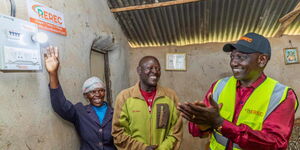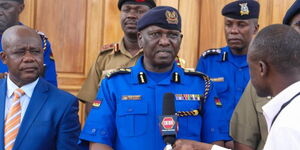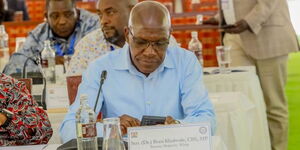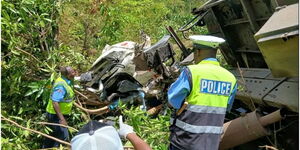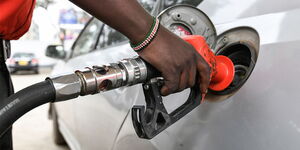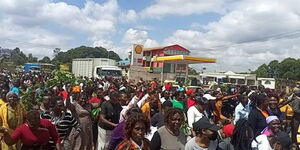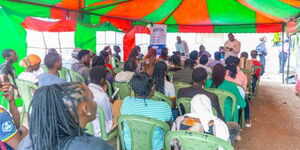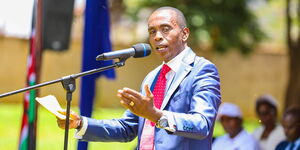There was a time when visiting your mother or grandmother in the village meant planning to be offline for a couple of hours as your devices charged at the local centre. Those days are now quickly vanishing thanks to the Last Mile Connectivity project.
This project, which was initiated in 2015, has now gathered fresh momentum with President William Ruto pushing to connect 1,180,000 new connections over the next two years.
Implemented by Kenya Power and the Rural Electrification and Renewable Energy Commission (REREC), the project has already completed 1,301,938 new connections with electricity over the past three years.
“Every household will get electricity for free. Whether you live in a mud house or a permanent or iron-sheet house, you will connect electricity to your house for free. All you will do is pay your monthly bill,” President Ruto has assured.
Through the project, electricity connections, including meters, are installed at customer premises before requiring payment.
The programme, financed by the government in collaboration with donors like the African Development Bank (AfDB) and the World Bank, charges households just Ksh15,000 for an electricity connection.
The fee, however, does not need to be paid up front. Households are connected to the grid and are deducted 50 per cent of every token charge to pay the loan until it is fully settled.
According to the KPLC MD Joseph Siror, the impact of the project has been immense. While questions often abound when mud houses or villages with spaced homes are connected to the grid, Siror said that over three to four years, the transformation of these places becomes visible.
“A number of times when we extend this electricity infrastructure to very remote places, at the time, of course, it may appear that even the consumption does not warrant that connection to be there, but if you come there 3 or 4 years afterwards, you’d be amazed at the growth, at the rate of development, at the industrial,” he said.
Adding, “So that at times you can consider it almost like a seed investment, where you are not investing per se from what you can see, but you are investing for the future.”
In the Last Mile Connectivity Project Phase VI funded by the AfDB, the government will make approximately 150,001 new electricity connections, including households, public institutions, and micro-, small- and medium-sized enterprises across 45 counties (excluding Nairobi and Mombasa).
For the latest phase, the government will reinforce the electricity grid to handle the additional electricity demand. According to documents reviewed by Kenyans.co.ke, KPLC and REREC will construct 13 substations, build 2871 km of 33 kV lines, and build 14 km of 11 kV lines.
Furthermore, the government will add 6,798 km of power lines and infrastructure that distribute electricity from local substations to individual homes and businesses.
Through the electricity connections, the government is backing the expansion to improve living standards in far-flung areas and expand businesses in these areas.

